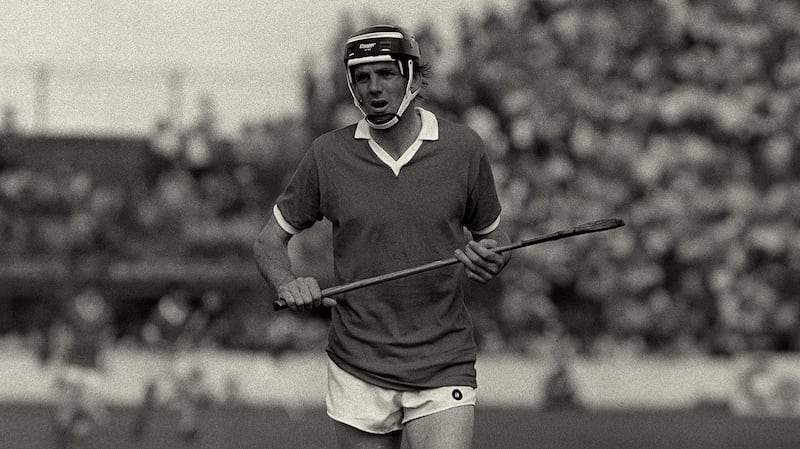Within little more than 24 hours the identity of the 2016 GAA/GPA football All Stars will be known. It will presumably provoke the usual controversy over inclusions, omissions and creative positioning.
At a time of the year when the inter-county game has gone quiet the All Stars provide a sprinkling of stardust to enliven GAA conversations.
Nothing new in that: next Tuesday, November 8th will be the 45th anniversary of the first football selection.

Coming a month after the hurling equivalent in October 1971, the first football team already had its share of talking points. Offaly wing back Eugene Mulligan became the first player to be unanimously chosen by all 25 nominators, who didn't meet in conclave but had independently submitted their votes.
Ray Cummins, the great Cork dual player, was swiftly out of the traps to become the first candidate to win both hurling and football All Stars in the same year. More controversially he became the first cause celebre in relation to re-positioning.
Caused uproar
A full forward in both games, he was honoured on the edge of the square in the hurling team but included at centre forward in the football selection, as Down’s Seán O’Neill had already been chosen at 14.
At a time when positions meant more than they do in the modern games this decision caused uproar even though Cummins was widely judged on of the best six forwards in football.
So deep was the impact that the late Mick Dunne, in many ways the father of the scheme, was still referring to it in 1994 when the concept of moving players around was being discussed and that reluctance was a factor in the biggest controversy in All Star history, the omission of Hurler of the Year Brian Whelahan from that year's team.
The idea had originally been Dunne's and derived from his interest in US sports but after the AGSJ (Association of Gaelic Sports Journalists) had stalled on adopting the scheme, the Gaelic Weekly decided to run with it and All Star teams were named for the five years between 1963 and '67 when the awards petered out and fell into abeyance.
In the midst of the Gaelic Weekly years a scheme very close to what would become the modern All Stars nearly got off the ground. The late Paddy Downey, formerly Irish Times Gaelic Games correspondent and one of the founders of the scheme, had secured sponsorship from Guinness in 1964 in order to put the All Stars concept onto a firm footing but the only proviso was that the GAA should consent.
“I rang Paddy O’Keeffe [then Secretary General],” Downey later recalled “and went to his house in Orwell Park because it was such a sensitive matter. He didn’t turn it down. Now he wasn’t a very voluble man and a bit cagey but he didn’t say no. He said he’d bring it to the council but he never came back to me.
Basic attitude
“About six weeks later at the 1964 Whit tournament (then played annually between top counties at Wembley) in London after the Saturday matches were over word came through that Paddy had died. And the idea died with him.”
The matter was so sensitive because sponsorship was disapproved of by the GAA and that basic attitude would endure for a few more years.
It was in 1971 when attending the UCD seven-a-side tournament in Belfield, organised by Eugene McGee, that Mick Dunne approached the event’s sponsors, tobacco company PJ Carroll, to see if they might be interested in the All Stars.
By this stage the world was changing. In May of that year the GAA’s McNamee Commission would recommend a cautious engagement with sponsorship and Carroll’s reaction was so positive that the first awards took place later that year.
It was a journalists' scheme. The 25 nominators were reporters as were the selectors. In time the GAA's influence became greater and it was Croke Park who negotiated the changes in sponsor from Carroll's to Bank of Ireland (1979) and to Eircell (later Vodafone) in 1997 before the restyled GAA/GPA, sponsored by Opel was established in 2011.
The concept was suspended in 1995 and’96 when the GAA decided to endorse All Stars teams selected by players before returning to the original format in 1997.
“It was the first major sponsorship the GAA ever embraced,” said Paddy Downey of the now 45-year old scheme.











